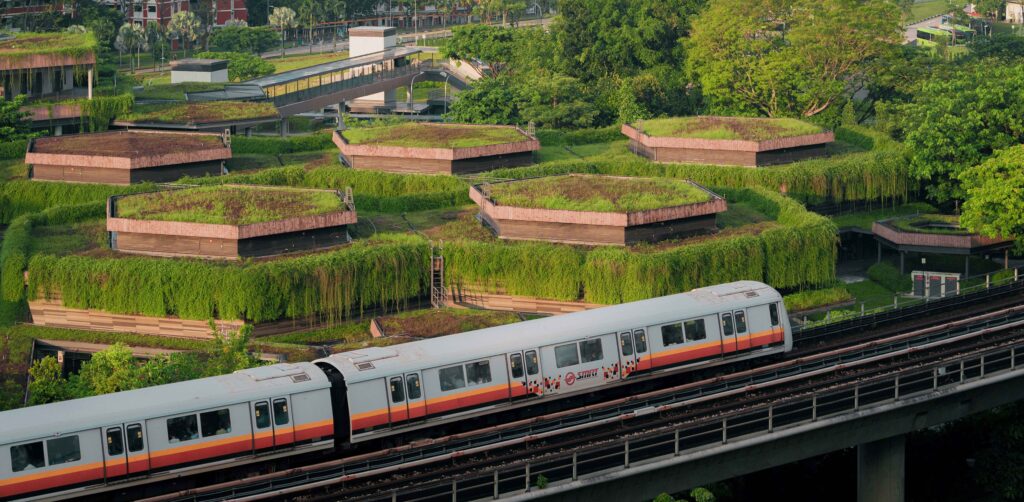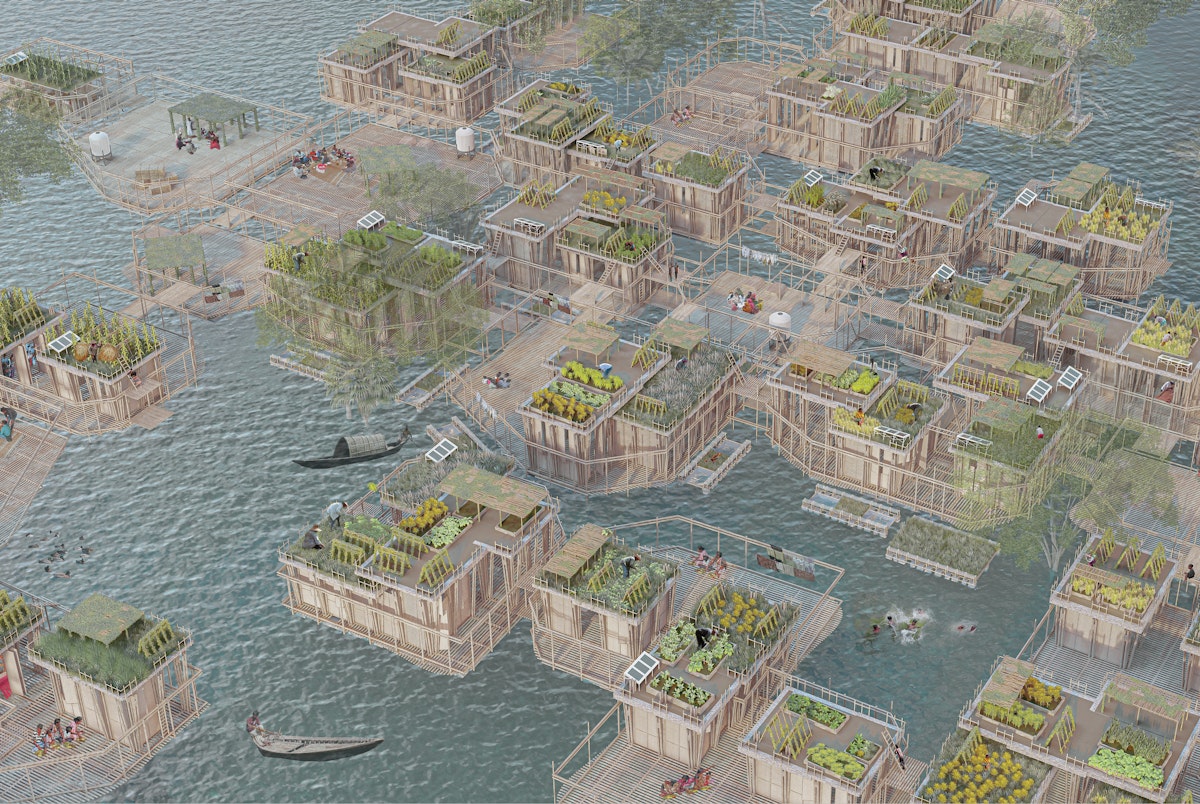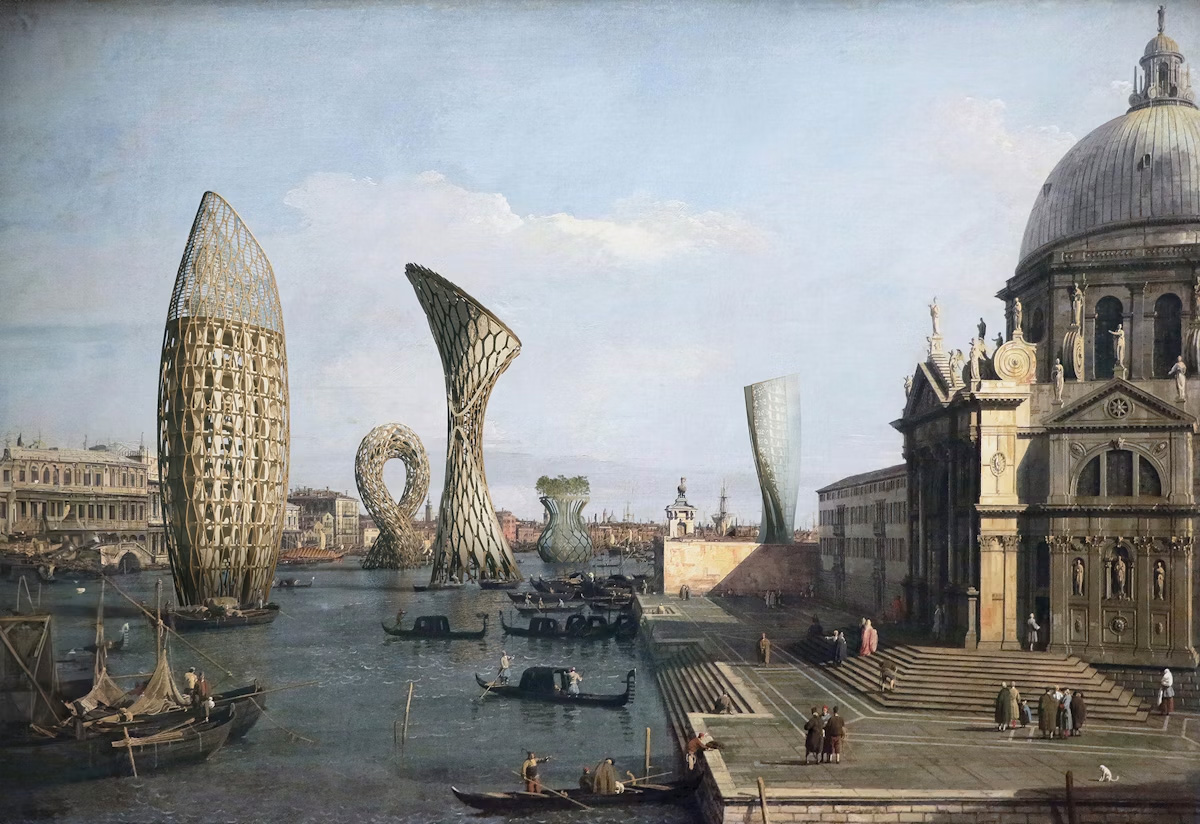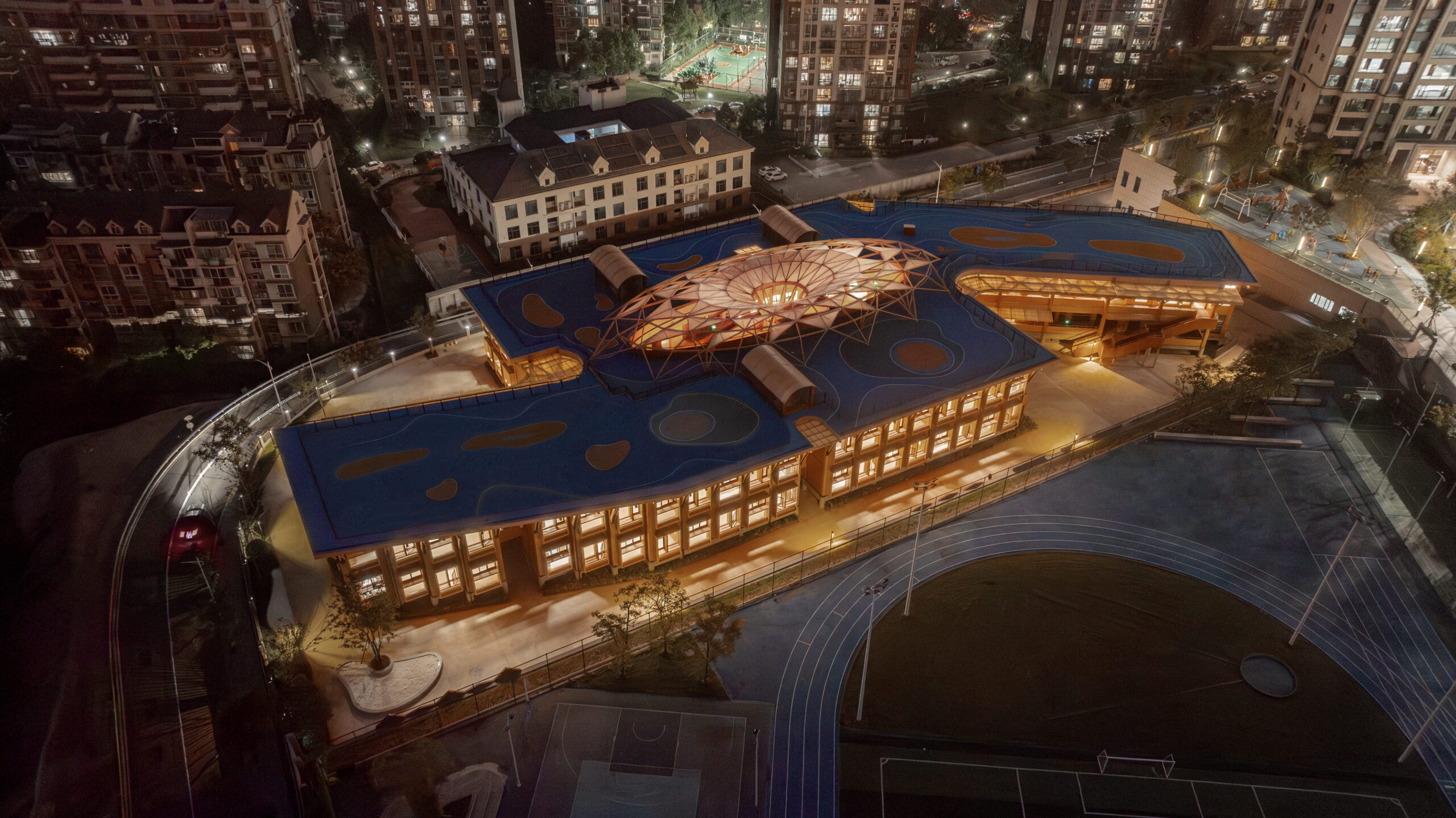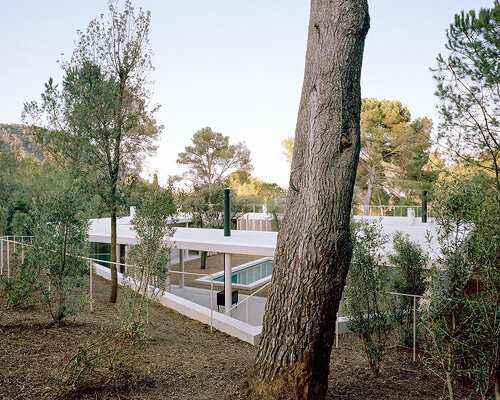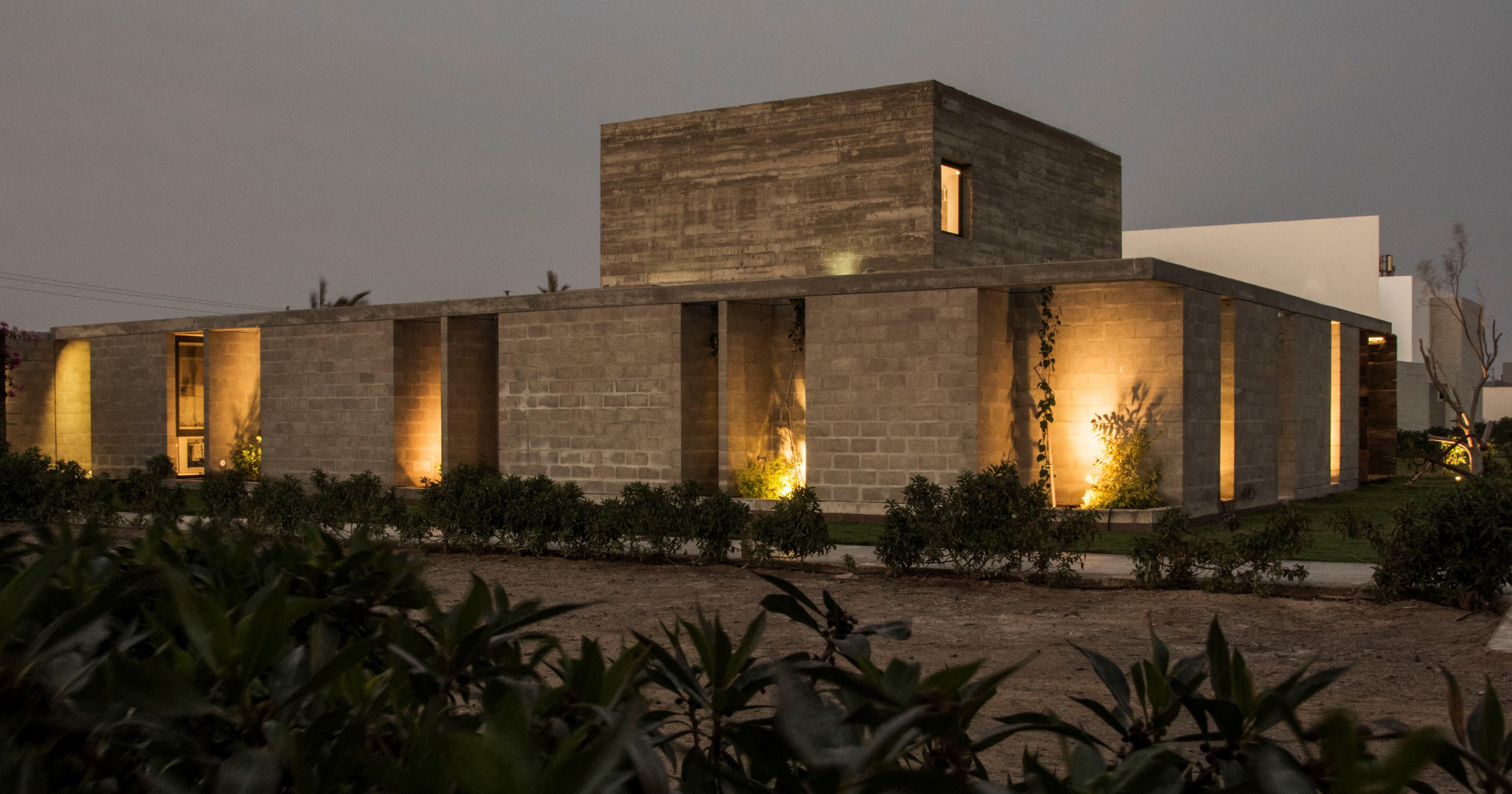Lighting collection conveying human emotions among projects from Aalto University


Dezeen School Shows: a lighting collection designed to replicate human features and emotions is among the projects by students from Aalto University.
Also featured is an exhibition design inspired by ancient building traditions and a furniture collection emphasising craft and materials.
Aalto University
Institution: Aalto University, School of Arts, Design and Architecture
School: Department of Architecture
Courses: Harvest Grad Show
Tutor: Jenni Reuter
School statement:
"Aalto University's Department of Architecture educates professionals that make an impact at the intersection of technology and art, with a strong understanding of the social and environmental implications of their work.
"Through exploration, transdisciplinary collaboration and contextual thinking, Aalto graduates are building a socially responsible and sustainable future.
"Our academic year started with the opening of the Harvest Grad Show featuring final theses works in Architecture, Landscape Architecture, Interior Architecture, Urban Studies and Planning.
"The works reflect a diversity of themes and approaches, yet share a common dedication to addressing complex challenges.
"Topics range from adaptive reuse, ecological restoration and human-centred AI tools to explorations of emotional experience and material innovation.
"Many of the projects investigate how architecture can foster wellbeing and inclusivity. Together, they form a harvest of ideas, rooted in curiosity and oriented toward a more thoughtful built environment.
"The exhibition's structure, built from locally sourced reed and inspired by vernacular traditions, echoes the ethos of these works: grounded in place, mindful of material cycles and open to transformation.
"Just as harvesting reed supports the renewal of coastal ecosystems, this collection of theses proposes ways to renew our shared spaces with thoughtfulness and imagination."

Harvest: The exhibition design is a nod to vernacular architecture by Sini Hintsala and Vilma Vanhanen
"The structure and design of the Harvest exhibition, created by Sini Hintsala and Vilma Vanhanen, is inspired by ancient, sustainable building traditions.
"Utilising locally sourced materials, it embodies adaptability with a fully recyclable wooden framework, secured by metal bolts without glue.
"The most striking feature is the reed pavilion, crafted from common reed (Phragmites australis).
"This species thrives along the Baltic Sea and, when harvested, helps manage nutrient overload by removing phosphorus, restoring traditional landscapes.
"Transforming challenges into opportunities, the exhibition invites visitors to explore the creative potential of reed in pioneering environmental design and sustainable practices."
Students: Sini Hintsala and Vilma Vanhanen
Course: Aalto ARTS Grad Show 2025, Harvest exhibition
Tutors: Jenni Reuter, Pekka Heikkinen, Liina Nurmi, Jonna Kotiranta and Sini Koskimies

The Game of Life: Exploring "Play" as an in-depth qualitative housing preference study method to uncover users' tacit knowledge towards spatial modification in response to life changes by Phẩm Nhung
"Traditional housing solutions developed by indigenous communities embraced adaptability to life changes, integrating seamlessly with residents' habits.
"Modern designs often neglect these adaptive behaviours, constrained by architects' views.
"Phẩm Nhung's thesis, "The Game of Life", addresses this gap by proposing play as a method to uncover tacit knowledge about housing preferences and spatial modifications.
"Utilising literature review and iterative design processes, a game prototype was developed and tested, employing observation, interviews and palimpsest mapping.
"Findings indicate that play allows users to intuitively express spatial preferences, overlooked by traditional approaches.
"Ultimately, the thesis advocates for a shift towards a human-centred flexible housing, integrating residents' preferences to resilience and social sustainability."
Student: Phẩm Nhung
Course: Thesis
Tutors: Antti Lehto and Anne Tervo

Observing the experience of time through the serial vision technique by Jasmiina Knaapi
"Jasmiina Knaapi's thesis delves into how time shapes architectural experiences through serial visions.
"Time influences architecture from site selection to material durability, impacting spatial experiences through movement, wear and memory.
"Often overlooked, time's role in design affects urban planning and our engagement with built environments.
"This study uses drawn serial visions and notes to examine three varied spaces in Helsinki's South Harbour: a cityscape, urban corridor and interior.
"Drawing on Gordon Cullen and Henri Bergson's insights and Juhani Pallasmaa's reflections, the thesis promotes incorporating serial vision techniques into practice to create sustainable spaces that address experiential and spatial needs."
Student: Jasmiina Knaapi
Course: Thesis
Tutors: Jenni Reuter and Anni Vartola

Towards a Conceptual Framework for Introducing a Human-AI Collaborative Decision-Support System Model in Architectural Pre-Design by Askim Yildiz
"In the architectural pre-design phase, AI-supported tools hold unfulfilled potential for enhancing alignment between design objectives and stakeholder expectations through informed decision-making.
"Despite discussions on AI integration, its use for non-generative insight extraction remains overlooked.
"This research introduces a Human-AI Collaborative Decision-Support System Model, utilising large language models and techniques like TF-IDF, clustering and topic modelling to analyse planning data for gaps and discrepancies.
"Case studies of Helsinki daycare centres were analysed using city-based architectural guidelines and end-user feedback.
"Askim Yildiz's thesis highlights the role of non-human agents as partners in iterative design processes, sparking discourse in architectural practice advancement."
Student: Askim Yildiz
Course: Thesis
Tutor: Pia Fricker

The Most Sustainable Building is a Building Not Built by Joakim Kling and Aino Putti
"What is the least we can do? With this provocative question, Joakim Kling and Aino Putti challenge architecture's reliance on growth and speculative technologies with a doing-less conviction: a stance that prioritises maintenance, care and sufficiency over demolition and expansion.
"The ambition is to reframe architectural practice through restraint, asking not only what can be done, but also what can be left undone.
"Their thesis applies this conviction to a housing block in Helsinki, treated as a 'patient'.
"Two treatment strategies were tested: proactive energy upgrades with higher upfront emissions, and a reactive maintenance plan that proved more sustainable both in the short and long term."
Student: Joakim Kling and Aino Putti
Course: Thesis
Tutors: Matti Kuittinen, Willem van Bolderen, Sami Suomela and Ilia Kravchenko

A New Purpose for the Power Plant – Adaptive Reuse of the Hanasaari B Power Plant by Valtteri Hautsalo
"Addressing the climate crisis, this thesis advocates adaptive reuse over new construction. Despite plans for a new Architecture and Design Museum, Valtteri Hautsalo proposes repurposing the Hanasaari B power plant to house the museum alongside the Helsinki Art Museum (HAM).
"Literature reviews, site visits, interviews and analyses of building history and soil reports assess the feasibility of this reuse.
"The study consists of an analysis of Hanasaari's industrial history, potential adverse effects and adaptive reuse role models; the presentation of the reuse plan comes next.
"The design divides the power plant into two museum sections with public exhibitions. It posits adaptive reuse as a compelling alternative in this demolition-heavy era, encouraging a reimagined Hanasaari for modern needs."
Student: Valtteri Hautsalo
Course: Thesis
Tutors: Matti Kuittinen, Paul Thynell and Simon Mahringer

Dysmorphia – Furniture design and interior textile innovation from a distorted mind by Ludvig Borén
"Dysmorphia delves into the artistic realm of furniture making, focusing on the mind behind creations rather than catering to end-user needs.
"Ludvig Borén examines the interplay between sheet metal, steel rod and woven textiles to craft innovative designs that meld hard and soft materials.
"This project seeks to evoke emotions and narrate stories through three-dimensional shapes and distorted perspectives, offering a glimpse into the creator's mindset.
"Rather than aspiring to mass production, Dysmorphia prioritises visual communication within exhibition settings.
"The chairs, complemented by a tapestry of textile innovation, reflect a unique exploration of materials in interior architecture, addressing future challenges in material production while emphasising design narration and aesthetic appeal."
Student: Ludvig Borén
Course: Thesis
Tutors: Tomek Rygalik, Mikko Paakkanen and Hilkka-Maija Fagerlund

Reveries of a Moving Edge Towards an Architecture of Shifting Boundaries by Agnesa Ademi
"Singapore's coastline is reimagined as a dynamic and adaptive entity, challenging traditional fixed boundaries with a fluid, hydrodynamic approach.
"This speculative design addresses climate vulnerabilities, such as sea level rise, by envisioning the coast as a mediator where human and non-human realms co-evolve through nature-based solutions.
"Agnesa Ademi grounds her thesis in practical insights from collaborative, multidisciplinary workshops involving local stakeholders and experts, supported by computational tools like CFD for simulations.
"Inspired by concepts bridging Nature and Culture, Ademi advocates a holistic, process-focused approach to capture the complexities of coastlines amidst climate change challenges."
Student: Agnesa Ademi
Course: Thesis
Tutors: Tomek Rygalik, Tina Cerpnjak and Eva Castro

Land Use Based on Natural Habitat Types – Development and Application of Habitat – Smart Spatial Planning in Vantaa's Petas by Sara Korkeamäki
"Addressing biodiversity loss through land use planning, this thesis advocates prioritising natural habitat types as extinction rates accelerate due to human activities.
"Considering habitats' carrying capacity is crucial in this interdisciplinary approach, which integrates unique habitat types into spatial planning to combat biodiversity loss both through concrete methods and a shift in values.
"Developed from Aalto University's Socio-Ecological Systems course, the method is applied to Vantaa's Petas area, using scenario analysis to explore land use scenarios.
"Sara Korkeamäki collaborates with city experts in workshops to refine this habitat-smart approach, aiming to enhance habitat consideration in planning and tackle biodiversity challenges effectively."
Student: Sara Korkeamäki
Course: Thesis
Tutors: Elisa Lähde, Sirpa Mäkilä and Laura Muukka

This lamp has feelings; anthropomorphic interpretations of internal states through lighting design by Julia Postrzech
"Exploring anthropomorphism in furniture design, this thesis focuses on lighting objects that convey humanlike emotions.
"Although common, anthropomorphism – assigning human traits to non-human entities – often goes unnoticed.
"The study begins with a psychological examination of this phenomenon, analysing furniture designs that replicate human features.
"Highlighting the work of three designers, Julia Postrzech reveals varied motivations and methods.
"The thesis then evolves into a practical design project, creating a lighting collection that interprets human internal states and emotions through subtle anthropomorphic references.
"These lamps aim to replicate non-verbal human interactions, allowing personal interpretations by viewers.
"Through this exploration, the project questions how design can communicate complex emotional states visually, expanding understanding of anthropomorphic applications in design."
Student: Julia Postrzech
Course: Thesis
Tutors: Tomek Rygalik and Sofia Lagerkvist
Partnership content
This school show is a partnership between Dezeen and Aalto University. Find out more about Dezeen partnership content here.
The post Lighting collection conveying human emotions among projects from Aalto University appeared first on Dezeen.




















